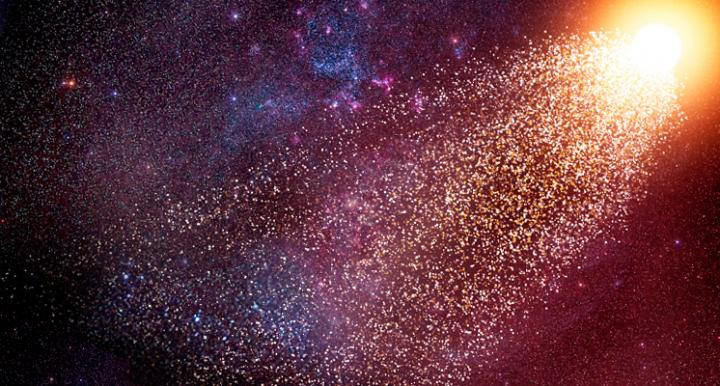Astronomers make breakthrough discovery with help of NASA's TESS
Astronomers discover regular rhythms of the class of Delta Scuti stars.
For decades, astronomers have been following the sounds and rhythm that comes from the universe in an attempt to understand the distant celestial objects better. Now, scientists have finally made a breakthrough in their research.
Thanks to NASA's planet-hunting telescope Transiting Exoplanet Survey Satellite (TESS) the scientists have acquired what they describe has "revolutionising" data that could help unravel the mysteries behind a certain class of stars. This kind of data is predicted to help astronomers understand the nature, age, size, and composition of stars in our system.
The discovery of "repeating rhythms" of young stars close to Earth was made by researchers at the University of Sydney. According to the news release on University's website, the international team of researchers has tapped on 60 stars whose "pulsations made sense" out of thousands of stars.
"Previously we were finding too many jumbled up notes to understand these pulsating stars properly," said lead author Professor Tim Bedding from the University of Sydney. "It was a mess, like listening to a cat walking on a piano. The incredibly precise data from NASA's TESS mission have allowed us to cut through the noise. Now we can detect structure, more like listening to nice chords being played on the piano," Prof Bedding added.
Dennis Stello, an Associate Professor in the School of Physics, crafted models of stars to compare the data from the TESS mission enabling the team to come closer to finding the true age of the stars. The scientists are using asteroseismology, a process that determines the interior structure of stars by using its seismic waves.
"With the ages determined from asteroseismology, we gain a firmer picture of the merging events of smaller dwarf galaxies into the Milky Way," Stello said.
As per the findings, the team of astronomers was able to discover what is described as "high-frequency pulsation modes in 60 delta Scuti stars," the second most abundant variable source in our galaxy within which the stars are located 60-1400 light-years away.
All of this was possible due to the contribution of Daniel Hey, a PhD student at the University and co-author of the paper, who designed software to process TESS data as accurately as possible. "Using the open-source Python library, Lightkurve, we managed to process all of the light curve data on my university desktop computer in a just few days," Hey said. It is said the study's findings are important to understand the inner workings of the trillions of stars in the galaxy.
"This really is a breakthrough. Now we have a regular series of pulsations for these stars that we can understand and compare with models," said co-author Simon Murphy, a postdoctoral researcher at the University of Sydney in a statement published on NASA's website. "It's going to allow us to measure these stars using asteroseismology in a way that we've never been able to do. But it's also shown us that this is just a stepping-stone in our understanding of Delta Scuti stars."
TESS is a space telescope for NASA's exploratory programs that was launched in April 2018 with an aim to discover exoplanets.
In response to the discovery, TESS Principal Investigator George Ricker at the Massachusetts Institute of Technology's Kavli Institute for Astrophysics and Space Research in Cambridge said that they were certain that apart from finding exoplanets TESS will be instrumental in "advancing the field of asteroseismology."

The findings of the study were published in journal Nature.
© Copyright IBTimes 2025. All rights reserved.





















